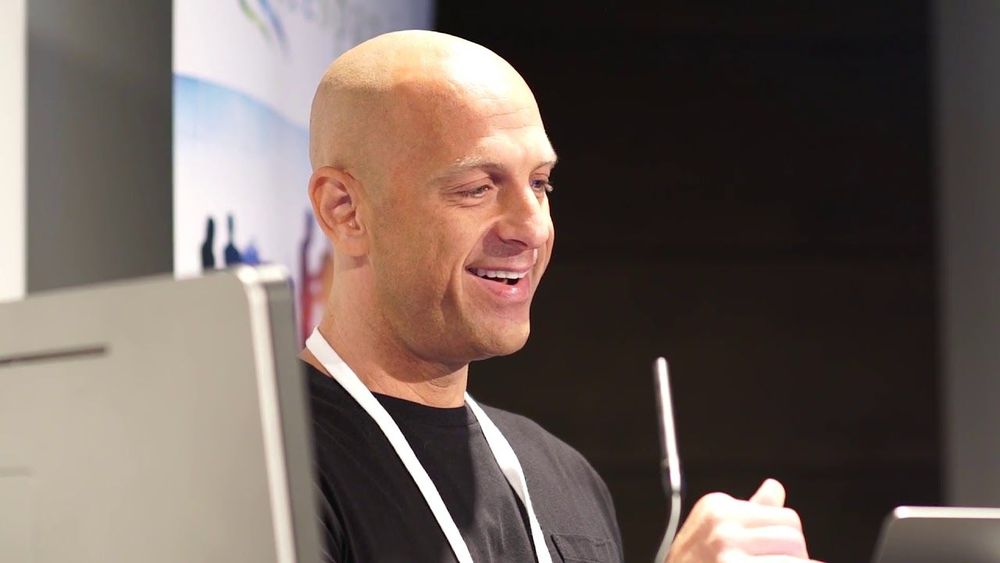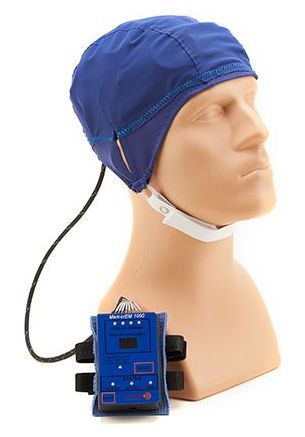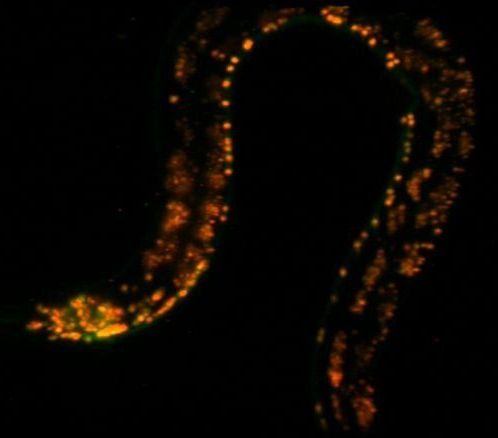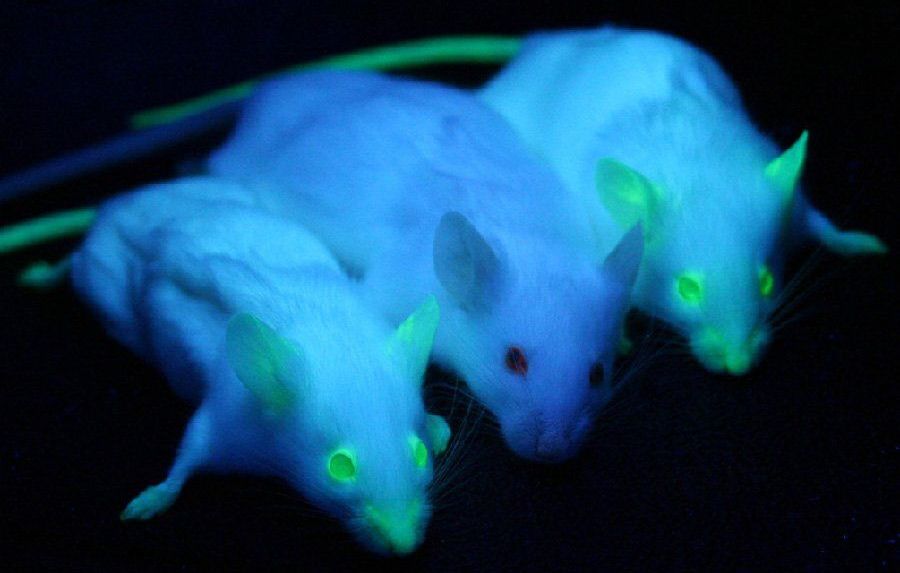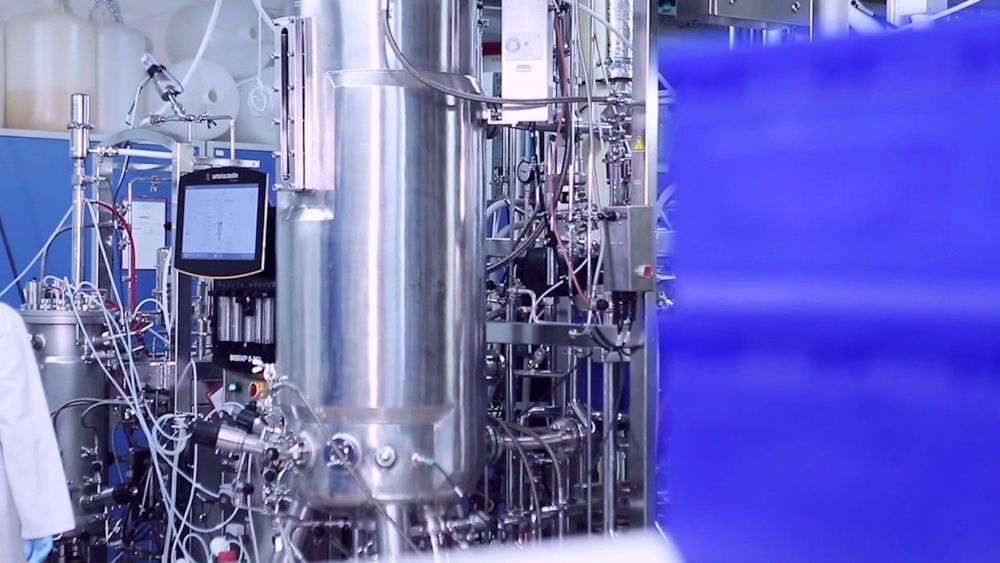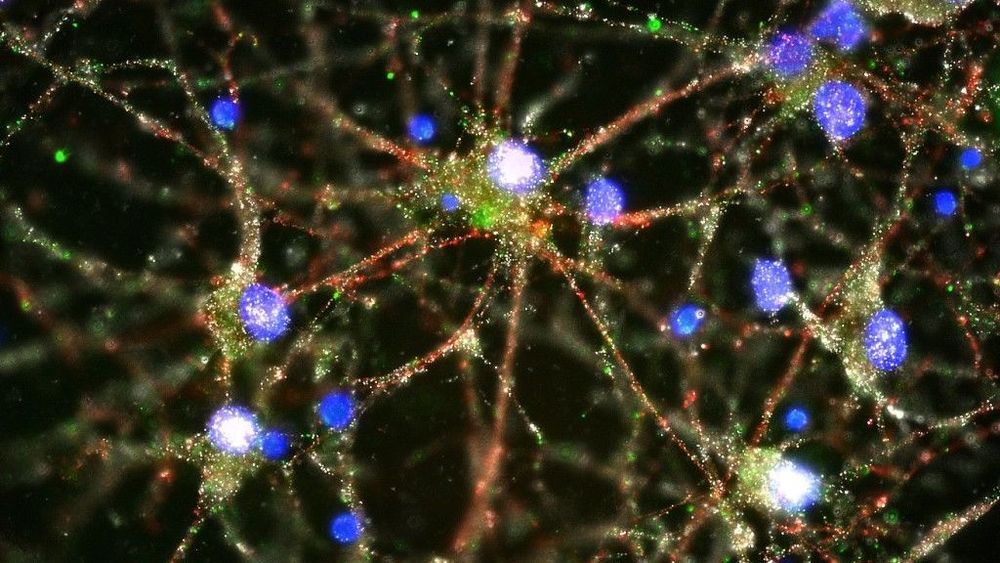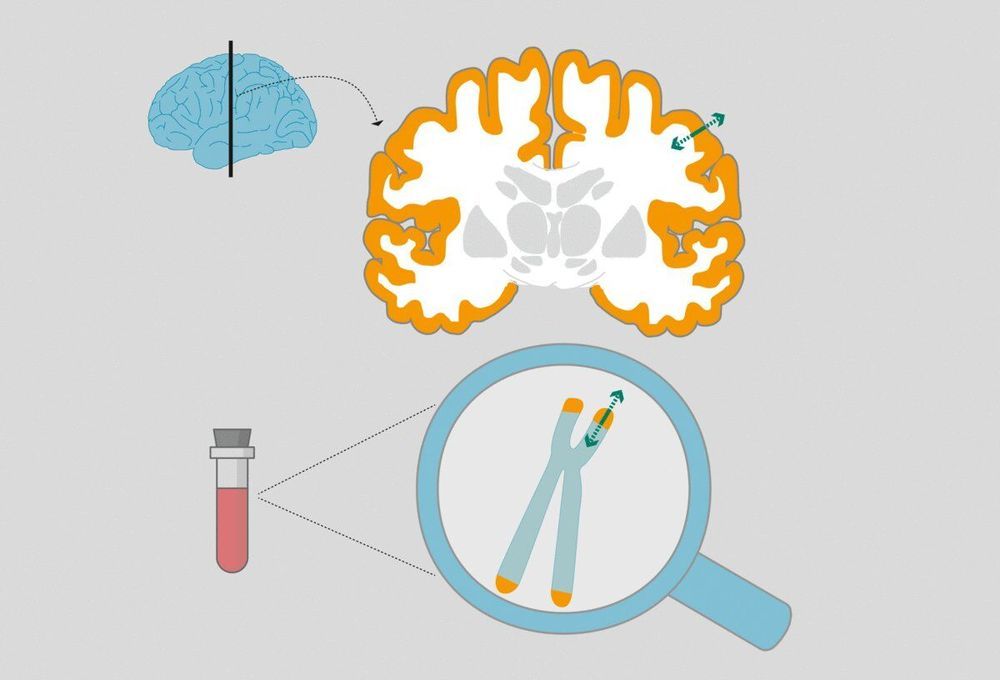A role for the gut microbiome on the health and functioning of many tissues, including the brain, liver, kidney, and adiposity, has been widely reported in the literature. Interestingly, 2019 might be the year that the role of the gut microbiome on skeletal muscle (i.e. the gut-muscle axis) comes into greater focus.
The influence of the gut microbiome on muscle strength
In April, Nay et al. reported that endurance exercise capacity was reduced in mice that do not contain a microbiome (germ-free mice, GFM) when compared with conventionally raised, microbiome-containing mice. This finding suggests that there are microbes in the gut that positively influence aerobic exercise performance.
